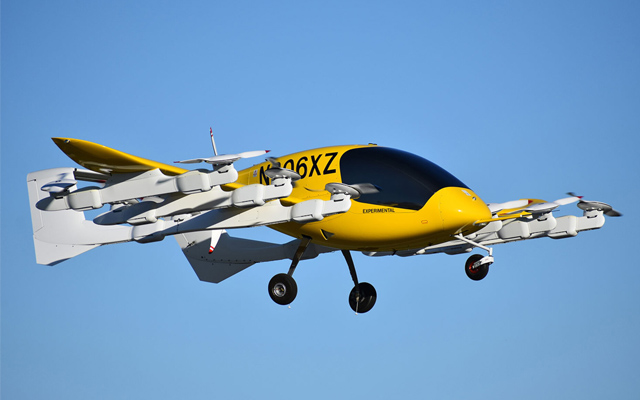Air transport has revolutionized the way we travel and connect with the world. It offers unparalleled speed and convenience, enabling people and goods to reach distant destinations in a matter of hours. However, amidst its undeniable benefits, it is crucial to acknowledge the adverse environmental impacts associated with air transport. In this article, we will delve into the multifaceted disadvantages of air transport for the environment, shedding light on its ecological drawbacks and the urgent need for sustainable alternatives.
- Carbon Emissions and Climate Change:
Air transport is a significant contributor to greenhouse gas emissions, primarily carbon dioxide (CO2). The burning of jet fuel releases vast amounts of CO2 into the atmosphere, exacerbating the greenhouse effect and contributing to climate change. The high altitude at which aircraft operate also leads to the formation of contrails, which further amplify their warming effect. - Air Pollution and Local Environmental Impact:
In addition to CO2 emissions, aircraft engines emit various pollutants, including nitrogen oxides (NOx), sulfur oxides (SOx), and particulate matter (PM). These pollutants contribute to the formation of smog, acid rain, and respiratory issues, impacting both human health and local ecosystems. Moreover, airports and their associated infrastructure often require extensive land use, leading to habitat destruction and fragmentation. - Noise Pollution and Disturbance:
Airports and flight paths generate significant noise pollution, affecting nearby communities and wildlife habitats. Prolonged exposure to aircraft noise can lead to sleep disturbances, stress, and adverse health effects. Wildlife, particularly birds, can also be disoriented by aircraft noise, resulting in collisions and habitat disruption. - Resource Consumption and Waste Generation:
Air transport relies heavily on non-renewable resources, primarily fossil fuels. The extraction, refining, and transportation of these fuels contribute to environmental degradation and ecosystem disruption. Additionally, airports generate substantial amounts of waste, including packaging materials, food waste, and hazardous substances, necessitating proper waste management systems. - Limited Accessibility and Inequality:
While air transport connects people globally, it often exacerbates inequalities in access to transportation. Remote regions and economically disadvantaged communities may have limited or no access to air travel, leading to social and economic disparities. Moreover, the concentration of air traffic in major hubs can result in overcrowding, congestion, and increased pressure on local infrastructure.
Conclusion:
While air transport has undoubtedly transformed the world, it is imperative to recognize its environmental drawbacks. The carbon emissions, air pollution, noise disturbance, resource consumption, and limited accessibility associated with air travel necessitate urgent action towards sustainable alternatives. Governments, industry stakeholders, and individuals must collaborate to develop and promote greener aviation technologies, invest in renewable energy sources, improve air traffic management systems, and encourage modal shifts towards more sustainable modes of transportation. Only through collective efforts can we mitigate the environmental impact of air transport and ensure a greener future for generations to come.

